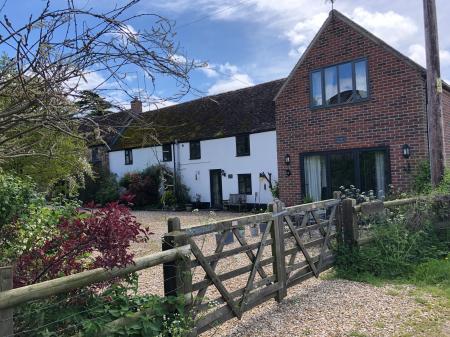
In the centre of the lintel is an Agnus Dei, a sheep, with a scroll issuing from its mouth. Other interpretations of the figure suggest that the 'scroll' is actually a serpent, which is what it looks like to my eyes. On the right is a figure of another man holding a dove aloft. These three figures are taken to represent the Trinity.
Other interesting features within the church include a pair of hagioscopes and a squint between the transept and the chancel. Marks around the squint are said to have been made by lepers from the nearby medieval leper hospital of St Leonard, which stood in the meadow just north-west of the church.
Set into the wall over the inside of the chancel arch is a pair of acoustic jars, installed in 1458. In the medieval period, jars like this were popularly believed to help amplify the priest's voice, though modern acoustic science disproves this.
The church was built to a cruciform plan in the mid-12th century and consecrated in 1150. In the porch is an early medieval holy water stoup. On the exterior of the south transept wall is a very worn mass dial.
St Mary's is a very simple country church, in a lovely rural setting.






 We've 'tagged' this attraction information to help you find related historic attractions and learn more about major time periods mentioned.
We've 'tagged' this attraction information to help you find related historic attractions and learn more about major time periods mentioned.




